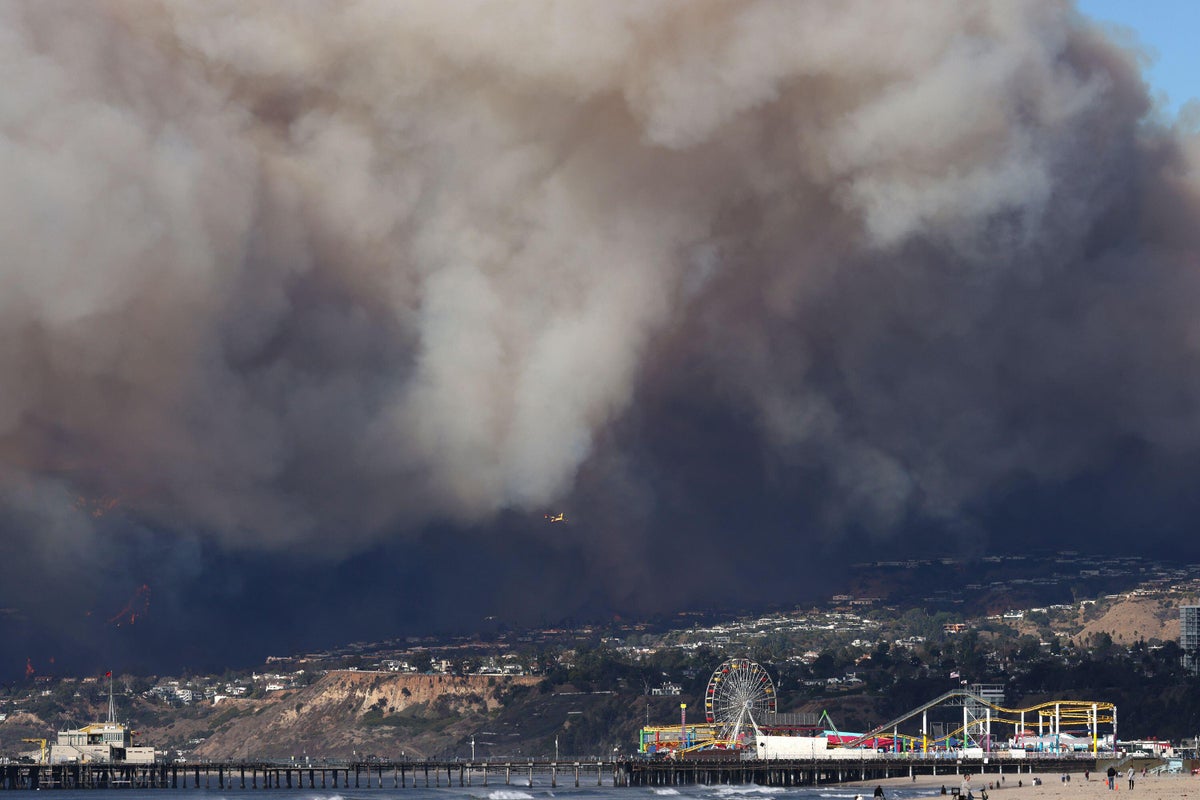
For years, farmers have practiced cover cropping—growing crops between harvest seasons to nourish the soil and ready it for the succeeding cash crops. But cover crops could be robbing some soils of their moisture in arid and semiarid regions, researchers report.
The global meta-analysis was led by Bradley O. Christoffersen, with graduate students Manish Gautam and Frabrizio Pilco, at the University of Texas Rio Grande Valley and will be presented on 10 December at AGU’s Annual Meeting 2024 in Washington, D.C. It associated cover crops with depletion of soil moisture up to 1.5 meters deep in drier climates. Although researchers found that cash crop yield in drier climates was most sensitive to depleted moisture, the moisture effects of cover crops beyond a depth of 50 centimeters were negligible.
Benefits of Cover Crops
Cover crops have several benefits, such as nutrient retention, groundwater penetration, and improvement of microbial processes in the soil. “Growing a cover crop between cereals and legumes can help protect the soil; it’s for the benefit of the land,” said Rattan Lal, a professor of soil science at the Ohio State University who was not associated with the new study.
However, Lal cautioned, cover crops need to be part of a long-term cropping strategy and not a quick fix. “Over a long period of time—20 or 30 years and beyond—cover cropping will lead to an increase in (yield) productivity,” he said.
Cover cropping is popular in the eastern United States, with the Census of Agriculture clocking in a 17% increase in cropland growing cover crops between 2017 and 2022. Cover cropping has drawn increased interest from U.S.-based researchers as aridification associated with climate change has brought drier soil conditions to North America.
Soil Moisture in Arid Regions
Christoffersen and his fellow researchers were keen on investigating how the benefits of cover cropping intersected with soil moisture. Ultimately, their study reflects a complex relationship but “quantifies a key short-term moisture:yield trade-off, which must be offset by either irrigation or other long-term soil health benefits for cover cropping to be more readily adopted, especially in arid and semiarid climates globally.”
“Cover crops have been touted as climate smart, but this depends mainly on the climate of that region.”
“When you’re cropping in arid conditions, you don’t have consistent access to water. Then [cover crops] can be detrimental,” said Alexis Racelis, a coauthor and professor at the University of Texas Rio Grande Valley. In arid regions, he explained, the rate of evaporation is higher than the rate of rainfall, causing the cover crops to use water otherwise available to cash crops and having a negative impact on yield.
Lal echoed this sentiment, saying cover cropping in drier climates can further decrease soil water storage or groundwater supply.
Farmers and agribusinesses are not unaware of the nuanced effects of cover cropping. Racelis, for example, recalled farmers who told him they do not want cover crops because of their negative impact on soil moisture.
“Cover crops have been touted as climate smart, but this depends mainly on the climate of that region,” he said. “Our evidence demonstrates that if your climate is arid, cover crops might not be the best practice towards practicing climate-smart agriculture.”
—Pragathi Ravi (@pragathi_r24), Science Writer








Leave a Comment